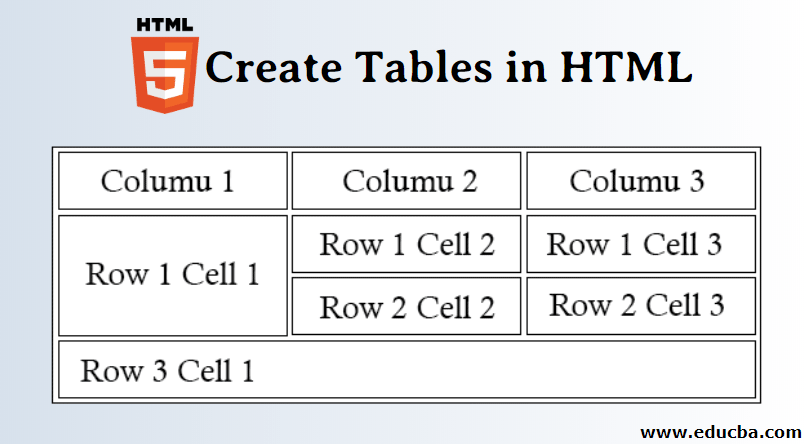
Return suggest_based_on_last_token(prev_keyword, stmt)Įlif isinstance(token, Identifier): # If the previous token is an identifier, we can suggest datatypes if # we're in a parenthesized column/field list, e.g.: # CREATE TABLE foo (Identifier # CREATE FUNCTION foo (Identifier # If we're not in a parenthesized list, the most likely scenario is the # user is about to specify an alias, e.g.: # SELECT Identifier # SELECT foo FROM Identifier Prev_keyword = stmt.reduce_to_prev_keyword() We need to look "inside" token.tokens to handle # suggestions in complicated where clauses correctly This means that token.value may be something like # 'where foo > 5 and '. # sqlparse groups all tokens from the where clause into a single token # list. So we need to do token.tokens to get # both sides of the comparison and pick the last token out of that # list. Then calling # token.value on the comparison type will only return the lhs of the # comparison. You can view EDUCBA’s recommended articles for more information.# If 'token' is a Comparison type such as # 'select * FROM abc a JOIN def d ON a.id = d.'. We hope that this EDUCBA information on “Postgres List Schemas” was beneficial to you. pg_namespace and pg_user are two main tables that convey schema related information to us. Schemas can be retrieved from the system tables of pg_catalog schema, which is present in PostgreSQL databases.

PostgreSQL databases provide us with compact and immensely useful metacommands for database administrators and managers to check the database environments and structure related information faster and more effectively during their daily routines. If we want to retrieve the name os the schema and the person owning it in a single output, we can create a join on pg_namespace and pg_user, as shown below.Ĭode: SELECT s.nspname AS table_schema, u.usename AS OWNER FROM pg_catalog.pg_namespace s JOIN pg_catalog.pg_user u ON u.usesysid = s.nspowner ORDER BY table_schema We can say that the user with usesysid =10 is postgres which owns all the above-retrieved schemas. SELECT * FROM pg_catalog.pg_user where usesysid = 10 Then again, enter \list and press enter to list out all the databases after typing psql to get the command prompt of psql. Exit the psql by typing \q, type createdb demo and press enter. Let us create one new database named demo by using the createdb command. You will see these output “Three default databases of PostgreSQL”. Open your PostgreSQL command prompt and then type SQL to get its command prompt.
#Pgcli create table example how to
Now, we will see how to list databases using the psql command.\list, or \l can be used. We can list out all the tables using the metacommand \dt command. All databases can be retrieved and listed using the metacommand \list or \l and switched from one to another using \connect or \c. After that, you can create databases of your choice and switch to them to create and manipulate tables in your databases. The default database that is selected and displayed is the Postgres database. We refer to these two databases as skeleton databases. The CREATE DATABASE command uses the basic databases, template, and template1 for its operations. When you create a PostgreSQL server, it comes with three default databases: template0, template1, and Postgres. A backslash recognizes metacommands and the command keyword followed by the parameters, if any if you want to pass to the query. Psql evaluates these metacommands and, if issued in the server’s system tables, translates them to SQL raw commands. Instead of using raw SQL queries to list the data from the database, we can use short and precise metacommands that can be used with psql. It is kept for backward compatibility of information schema as it was created and used even before the boolean data type was added in the SQL standards, which had either true/false value. The string of characters can either have YES or NO value in it. It is the domain defined over timestamp, which also considers time zones. It specifies the string of characters with no maximum length specified, used for SQL identifiers. It specifies the string of characters with no maximum length specified, which is used for fields containing data other than SQL identifiers. It is a non-negative, i.e., positive integer All columns in information schema views can belong to one of the following datatypes. However, when the information is fetched from the information schema, you need to handle them in your application. We should not use these data types in our external work with databases, as the information schema view exclusively uses them. The views in the information schema use a special type of data types, which are simple domains created over the built-in data types.


 0 kommentar(er)
0 kommentar(er)
